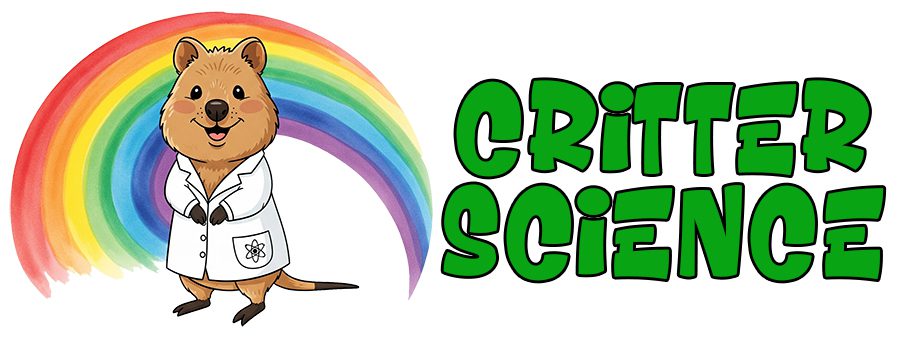- Zoology
- Daily Critter Facts
- For Teachers
- Study Guides
- Diseases & Parasites
- Contact


Animal reproduction is a diverse and fascinating process, showcasing the incredible adaptability of life on Earth. Fundamentally, it can be categorized into 2 main forms: sexual and asexual reproduction. Within these broad categories, a multitude of variations exist, each tailored to the specific needs and environments of different species.
Sexual Reproduction
Sexual reproduction, the most common form in the animal kingdom, involves the fusion of gametes (sperm and egg) from 2 parents. This process results in offspring with a unique genetic makeup, combining traits from both parents. This genetic variation is a key advantage of sexual reproduction, as it increases the adaptability of populations to changing environments. Processes such as internal and external fertilization fall under this category.
External fertilization
This occurs when eggs are fertilized outside the female’s body, typically in aquatic environments. Many fish and amphibians employ this method, releasing eggs and sperm into the water where fertilization takes place. This method produces large numbers of offspring, but many do not survive.
Internal fertilization
This involves the fertilization of eggs inside the female’s body. This method is common in terrestrial animals, including reptiles, birds, and mammals. Internal fertilization offers greater protection for the developing embryo and increases the chances of offspring survival.
Asexual Reproduction
Asexual reproduction, in contrast to sexual reproduction, involves only 1 parent and produces offspring that are genetically identical to the parent. This method is common in simpler animals, such as sponges and some insects. Asexual reproduction allows for rapid population growth in stable environments, but it limits genetic diversity.
1 form of asexual reproduction is budding, where a new individual grows as an outgrowth of the parent. This is common in hydra and corals. Fragmentation is another form, where the parent organism breaks into pieces, and each piece develops into a new individual, as seen in some worms and sea stars.
Parthenogenesis
This is a unique form of asexual reproduction where an unfertilized egg develops into a new individual. This occurs in some insects, reptiles, and even some fish. This process allows for reproduction when mates are scarce.
Oviparity, ovoviviparity, and viviparity
These are further classifications related to how offspring develop after fertilization. Oviparity involves laying eggs, as seen in birds and reptiles. Ovoviviparity involves eggs hatching inside the female’s body, and then live birth, like some snakes and sharks. Viviparity involves live birth, with the embryo developing inside the female’s body and receiving nutrients directly from her, as in most mammals.
These diverse reproductive strategies highlight the remarkable adaptability of the animal kingdom. Whether through the genetic variation of sexual reproduction or the rapid proliferation of asexual reproduction, animals have evolved a wide range of methods to ensure the continuation of their species. Nature finds a way.
